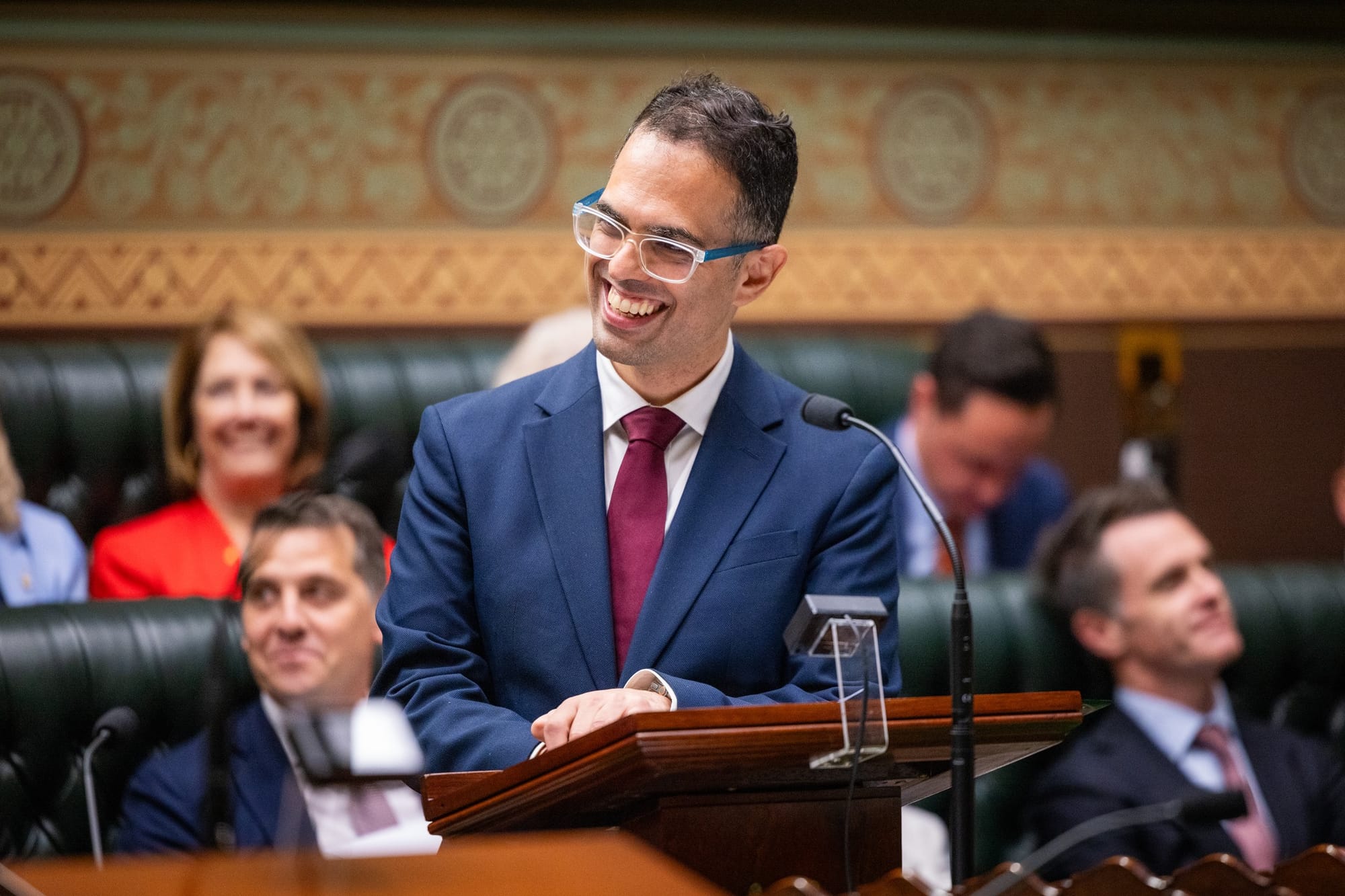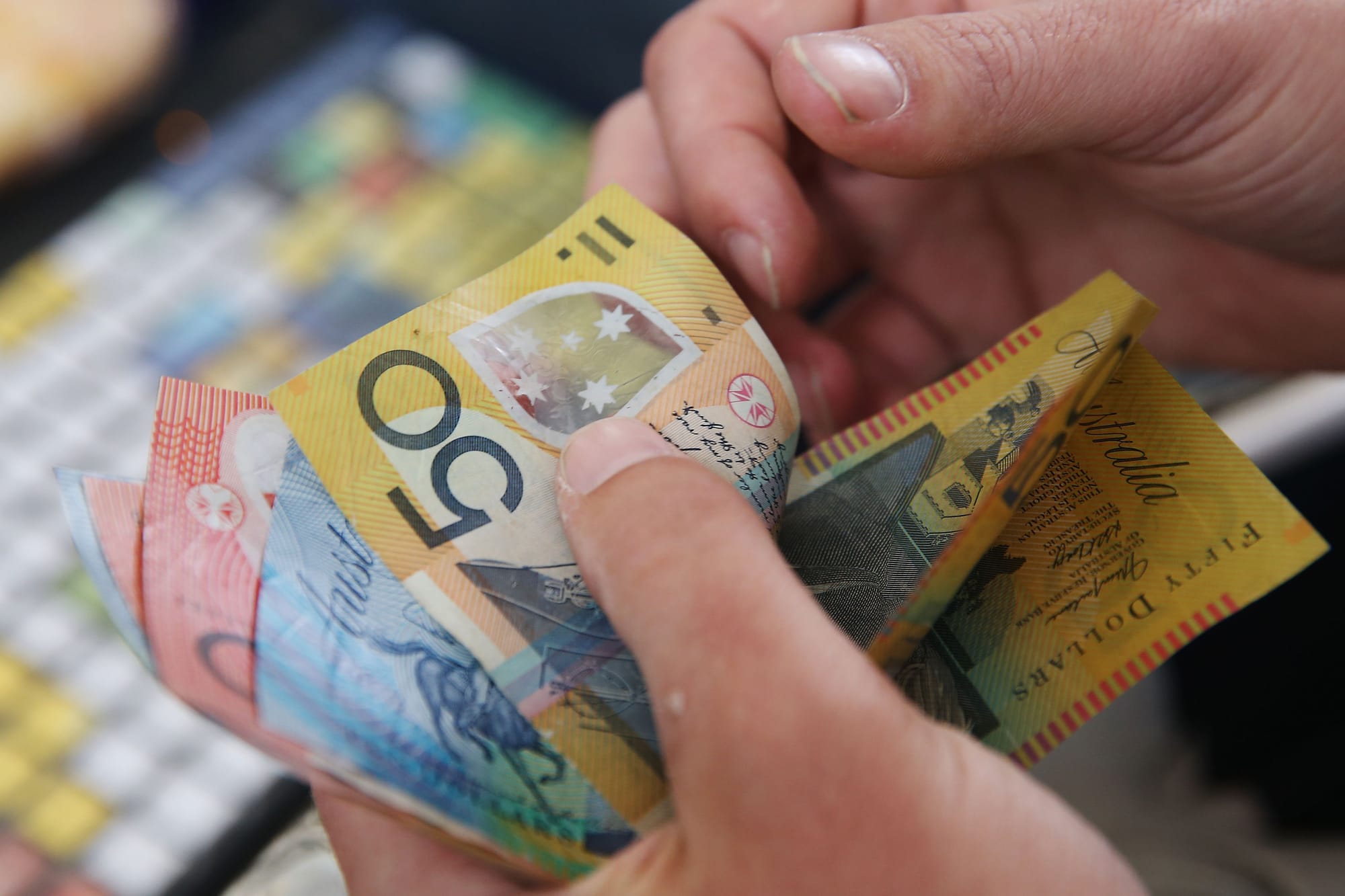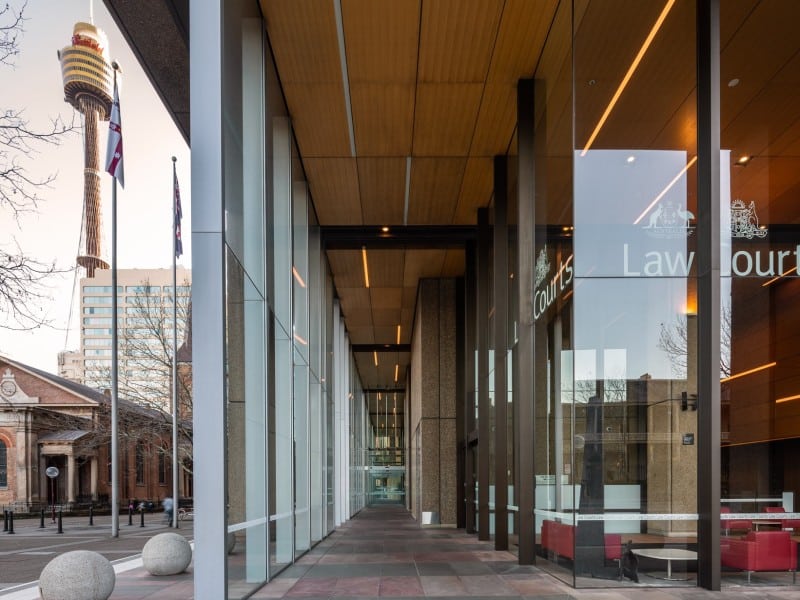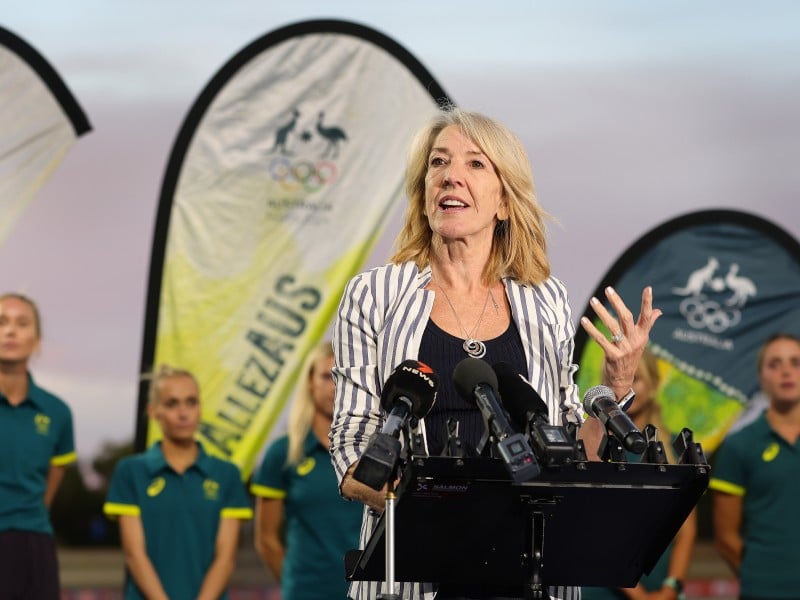Tasmanian POCT shortfalls set scene for challenging times
Tasmania has become the latest state to report a shortfall of Point Of Consumption revenue, with the Treasury estimating a $1.4 million drop on what was previously predicted across the next three financial years.

The Tasmanian budget was delayed until September because of the state election in March, and its release detailed that POCT revenue in 2023/24 dropped by $300,000 on 2022/23 and was $500,000 short of what had been budgeted.
This will have implications for the Tasmanian racing industry, which receives 80 per cent of revenue from the government’s Point Of Consumption receipts. POCT in Tasmania is set at 15 per cent of net wagering revenue.
Total POCT collected in Tasmania peaked at $15.9 million in 2020/21, the first full year after its introduction, then dropped to $14.5 million the following year, before jumping to $15.3 million in 2022/23.
Last year’s Tasmanian budget predicted POCT returns would jump to $15.5 million in 2023/24, but the declining wagering market has seen that slip back to $15 million, with modest increases now predicted over the forward estimates of the next four financial years.
While the variations on projected POCT are nowhere near as dramatic in terms of pure dollars as they have been in other states, the impact of a shortfall would be somewhere north of 5 per cent of the Point of Consumption funding of $7.1 million Tasracing reported in its most recent annual report.
That annual report showed Tasracing derived 38.6 per cent of its funding from race fields fees and 10.3 per cent from Point Of Consumption taxes. Nearly half of its revenue, $33.9 million, comes directly from the government as part of a funding deed, which expires in 2029.

The renewal of that 20-year-funding deed, based on the sale of the Tasmanian Tote, is set to become a political battleground, with the Greens calling for it not to be renewed in 2029.
Tasracing claims the Point Of Consumption revenue is derived directly from wagering providers and should be viewed separately from government funding. Tasracing says the industry delivers $185 million in economic benefit to Tasmania every year, providing employment for nearly 6000 Tasmanians.
There was some positive news out of treasurer Michael Ferguson’s budget with $9.5 million of equity funding to Tasracing.

“Funding of $8.5 million has been provided for racing infrastructure in the North West and North of the State, which includes $2 million for investment in the Burnie, Spreyton and Carrick Racecourses in 2024/25. Funding of $1 million has been provided for other capital projects,” the budget said.
Ferguson’s budget detailed challenging times for Tasmania, with a $800 million deficit predicted for 2024/25. As a result, the state’s net debt will rise from $5.4 billion in 2023/24 to $8.5 billion in 2027/28.






